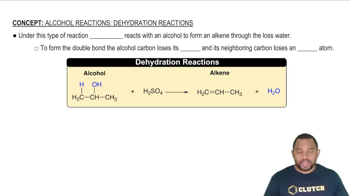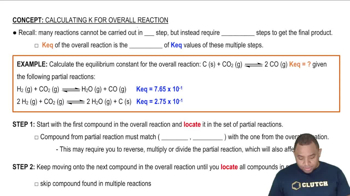Here are the essential concepts you must grasp in order to answer the question correctly.
Electrolysis
Electrolysis is a chemical process that uses electrical energy to drive a non-spontaneous reaction. In this process, an electric current is passed through an electrolyte, causing the decomposition of the compound. In the case of molten magnesium chloride, electrolysis separates magnesium ions and chloride ions, allowing for the production of magnesium metal at the cathode and chlorine gas at the anode.
Recommended video:
Anode and Cathode Reactions
In electrolysis, the anode is the electrode where oxidation occurs, while the cathode is where reduction takes place. For molten magnesium chloride, at the anode, chloride ions lose electrons to form chlorine gas, while at the cathode, magnesium ions gain electrons to form magnesium metal. Understanding these half-reactions is crucial for predicting the overall cell reaction.
Recommended video:
Alcohol Reactions: Dehydration Reactions
Overall Cell Reaction
The overall cell reaction in electrolysis is the sum of the anode and cathode reactions. It represents the complete transformation of reactants into products. For the electrolysis of molten magnesium chloride, the overall reaction combines the formation of magnesium metal and chlorine gas, illustrating the conservation of mass and charge in the process.
Recommended video:
Overall Reaction Equilibrium Constant
 Verified step by step guidance
Verified step by step guidance

